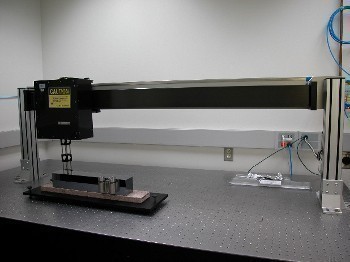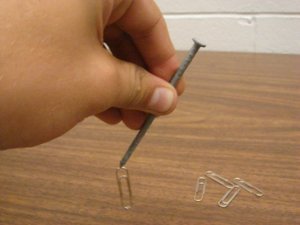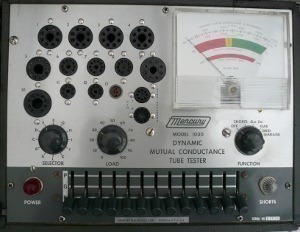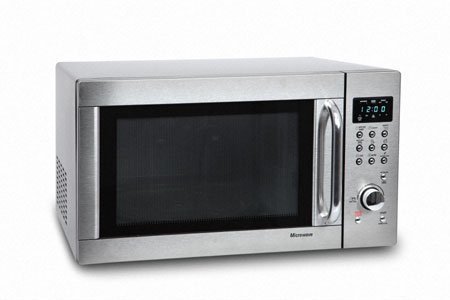A profilometer is an instrument that measures a surface profile to determine its roughness. A surface’s vertical resolution is normally measured at the nanometer level, with lateral resolutions being measured to a less accurate degree. Over the past decade, profilometers have started using laser technology in order to improve the degree to which a surface can be measured without having to physically touch the profile being measured. The most recent laser profilometers have been able to map surfaces in 3D, thereby displaying form and texture over a large area.
How do 3D Laser Profilometers Work?
The most recently developed laser profilometers are fast and accurate, and display their results in both 3D and 2D outputs. They use a laser displacement sensor that measures surface topography down to the sub-micrometer level over an area 500 mm x 500 mm in size. These profilometers digitize surfaces for mold texturing, conduct in-tray inspections, and provide information for any application that requires accurate large area surface profiling. They use precision linear motors to help measure a surface area at a rate of one meter per second. While conducting the scan, the device also collects the sample data at a rate of a micrometer per sample. The majority of today’s laser profilometers are tied into a desktop computer running the Windows operating system (OS).
What Type of Filtering do Laser Profilometers Provide?
Most laser profilometers have software-based, digital filtering options that can be configured to achieve the best performance form the device based on the defined work. The data can also be filtered with post acquisition analysis on the non-contact surface measurement profiles, which include tilt removal, statistical-based filtering, and auto-thresholding. The profiles can now also be exported to other software or Computer Aided Manufacturing (CAM) systems in order to conduct additional data manipulation and filtering as required on the resulting data set.




Alcides Nohemann Junior
How much it costs a profilometer laser?
Thanks for attention